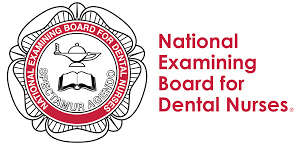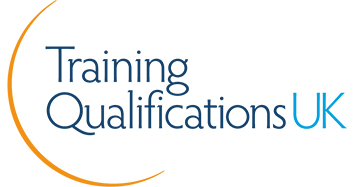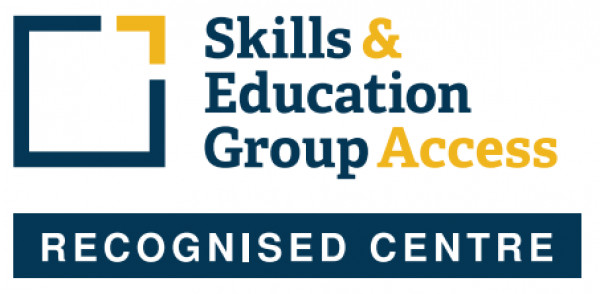Dental Photography
- SALE Savings End Midnight Tuesday 12th December
- SALE Savings End Midnight Tuesday 12th December
Dental Photography
This Course at a Glance
- Learn the key skills and techniques involved in dental photography
- Maintain registration to the General Dental Council
- Zoom and Tutor Led Training
- Secure 3 verifiable CPD hours
- Learn at your own pace
- No exams
About Your CPD Course
Getting Started
Next Course Date:
TBC
Modules
- An understanding of the various types of dental photography, as well as clinical patient management
- How to prepare PowerPoint presentations, and using digital photography settings
- Through hands-on sessions, you will learn how to appropriately store digital photography
Entry Requirements
You must be a registered dental care professional on the General Dental Council Register to enrol on to our Dental Photography CPD course. To get started, you will need your GDC number.
All course fees, inclusive of all payment plans including our Premium Credit Limited option, must be settled before certification can be ordered.
*You will have access to the course for 24 months.
On successful completion of this course, you will receive a learndirect Certificate of Completion for this Continuing Professional Development (CPD) course.
Your course certificate will also state the number of CPD points/hours the course is eligible for.
Frequently Asked Questions
- SALE Savings End Midnight Tuesday 12th December
- SALE Savings End Midnight Tuesday 12th December
Dental Photography
This Course at a Glance
- Learn the key skills and techniques involved in dental photography
- Maintain registration to the General Dental Council
- Zoom and Tutor Led Training
- Secure 3 verifiable CPD hours
- Learn at your own pace
- No exams
About Your CPD Course
Getting Started
Next Course Date:
TBC
Modules
- An understanding of the various types of dental photography, as well as clinical patient management
- How to prepare PowerPoint presentations, and using digital photography settings
- Through hands-on sessions, you will learn how to appropriately store digital photography
Entry Requirements
You must be a registered dental care professional on the General Dental Council Register to enrol on to our Dental Photography CPD course. To get started, you will need your GDC number.
All course fees, inclusive of all payment plans including our Premium Credit Limited option, must be settled before certification can be ordered.
*You will have access to the course for 24 months.
Qualifications
On successful completion of this course, you will receive a learndirect Certificate of Completion for this Continuing Professional Development (CPD) course.
Your course certificate will also state the number of CPD points/hours the course is eligible for.
Frequently Asked Questions
learning
learning hours
























